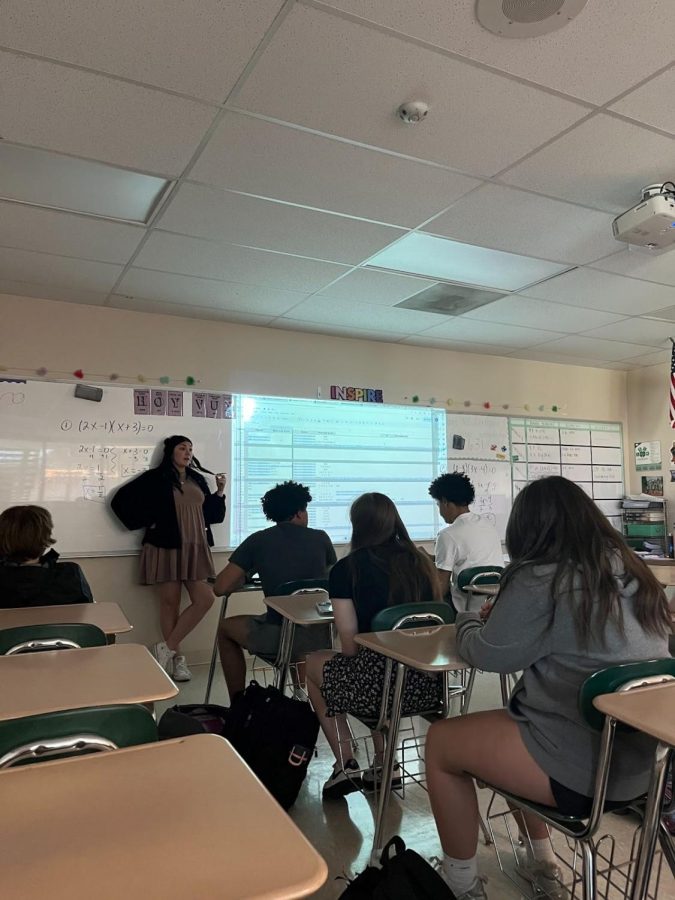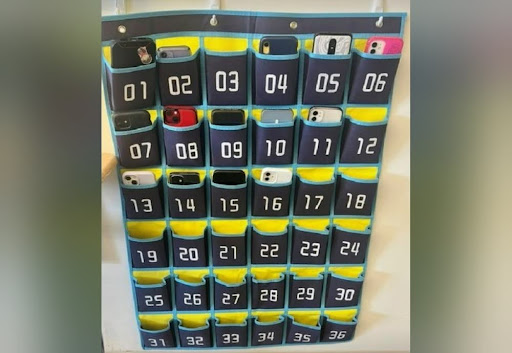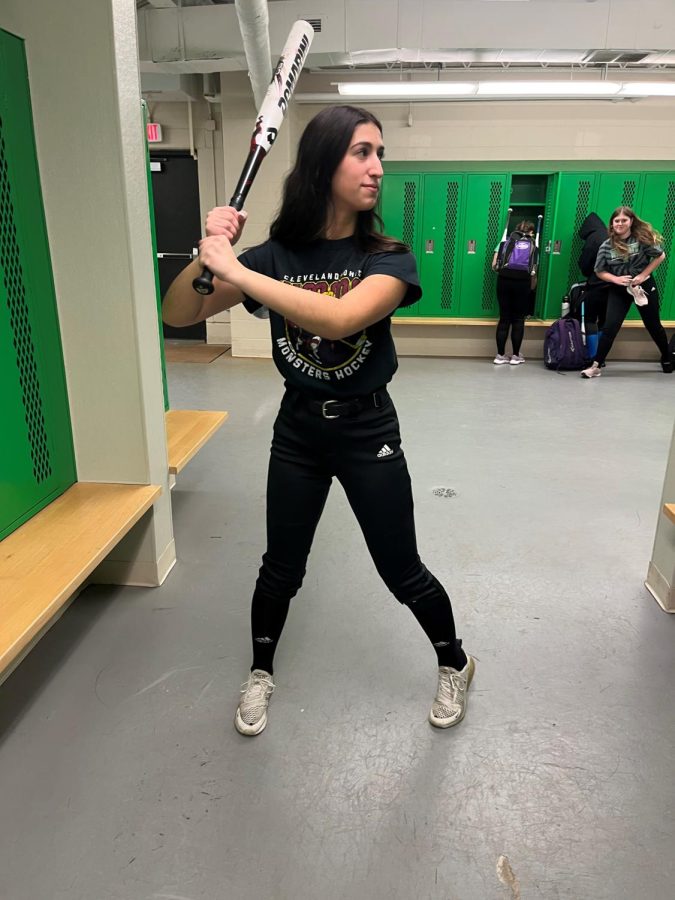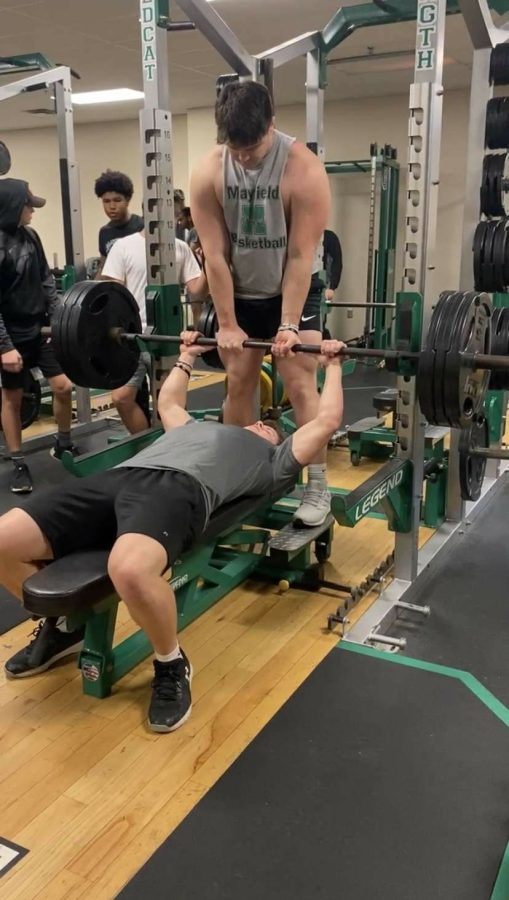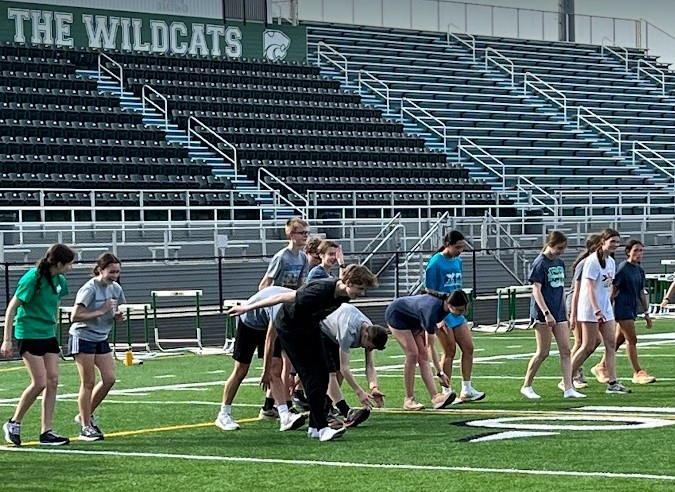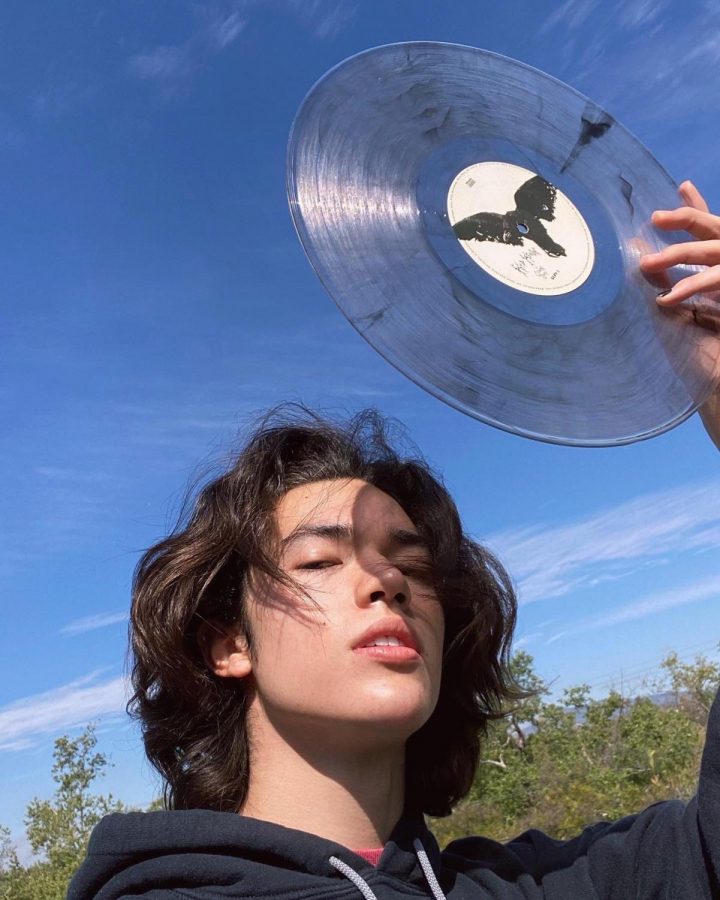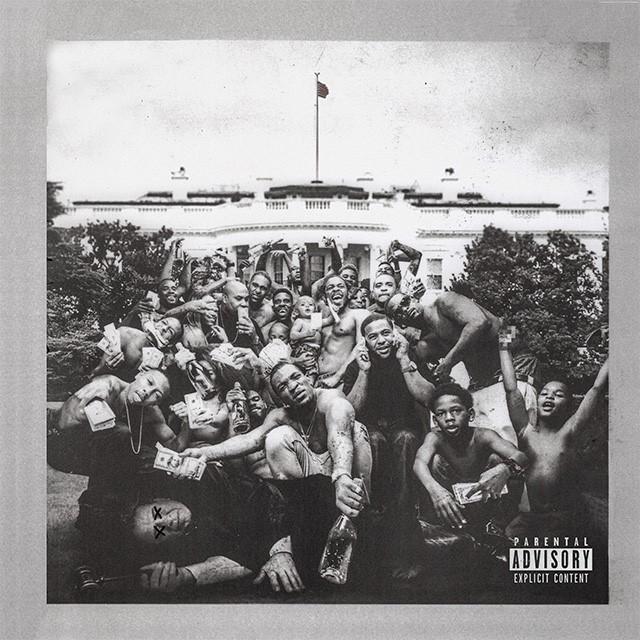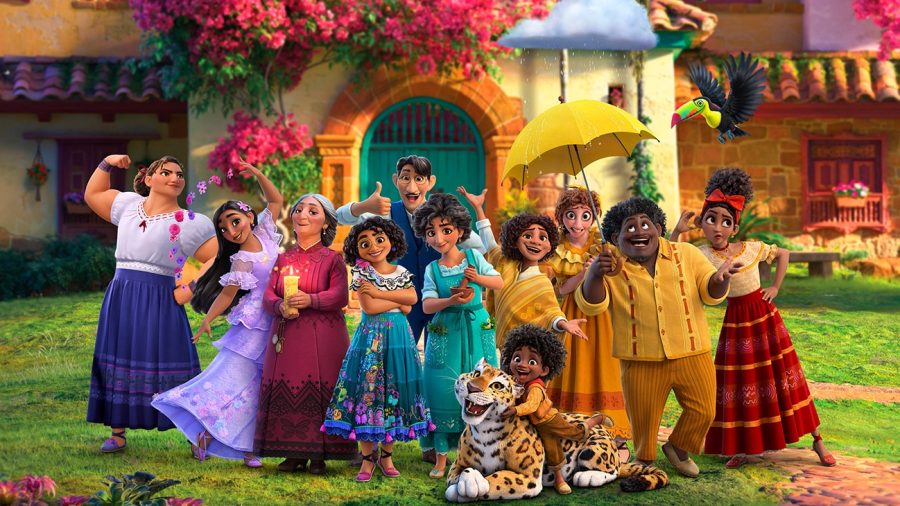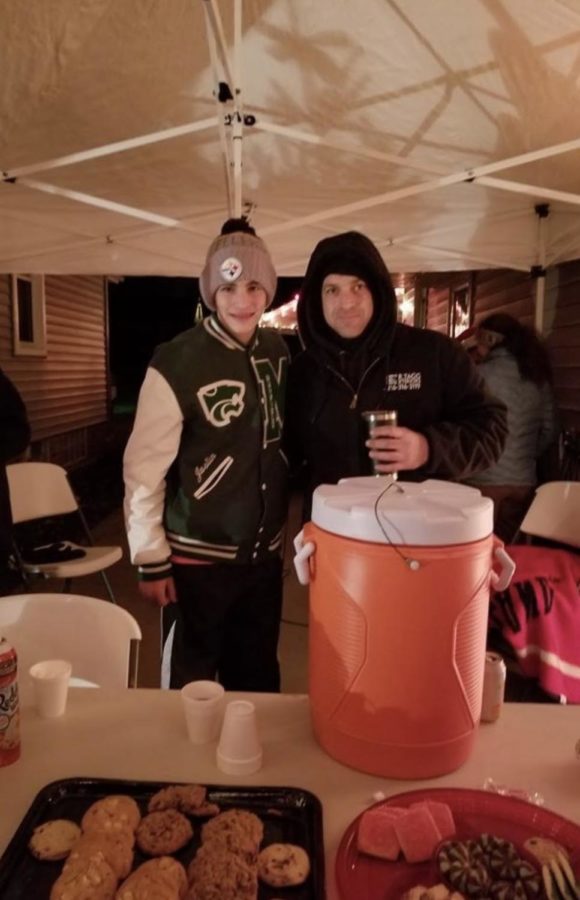MiLB struggles with player contracts
Alan Solomon/Chicago Tribune/MCT
Coveleski Regional Stadium; home to the Class-A South Bend Cubs is known for a larger revenue among competing Class-A teams. Yet players are still paid less than the U.S. minimum wage.
June 5, 2015
Major League Baseball, or America’s Pastime, is known for its thrilling summer action, but what goes on in the minors is a whole different story.
Throughout the minors runs a problem that affect the lives of all the players; the salaries. Ted Berg of USA Today wrote, “Minor leaguers start out only making $1100 a month for the length of their seasons, with no additional compensation for the year-round conditioning work expected of professional ballplayers.”
For some, that $1100 may seem pretty fair, however, what isn’t taken into account, is that an average workday for a minor league baseball player isn’t just playing games.
On average, a player will arrive at 3pm for a 7:15pm game. Games generally last three hours, and players stay at these fields for at least another hour or two after the conclusion of the game. The workday of the baseball player, then, is about eight-nine hours long. This workday, however, doesn’t include the extensive training that is done throughout the year.
For many, a nine-hour workday is normal; not too long, not too short. Yet the $1100 per month salary would be far too little for a normal person. So why are these hardworking athletes expected to live off of it? They shouldn’t be. The salary is unfair and needs to be addressed.
To breakdown the salary, a player making $1100 per month, will average $3-4 an hour. The minimum wage in the United States is currently $7.25. Currently making about $3-4 less than minimum wage, these players are playing for organizations that are million, even billion dollar franchises.
Former baseball player, and current head coach for the Mayfield junior-varsity team, Josh Hayes said, “I think that as long as the top salaries continue to grow, MLB minimum salary is $507,000, then players in the minor leagues will continue to accept low pay for the prospect of getting the big paycheck one day. Also as the MLB continues to attract international players especially from impoverished countries they will also continue low salaries.”
However, minor league baseball does provide some incentives to its players.
Lake Erie Crushers second baseman, Frank DeSico said “We get other incentives such as meal money during road trips, housing is option for players out of town [host families], and free hotel room when traveling. We also receive equipment such as wood bats through certain bat companies.”
Frankly, this is embarrassing. Players are working as hard as possible to reach their dream, and are allowing minor league teams to make very good revenue, yet we can’t pay them enough. Honestly, it seems as though these players are just out there to make money for their respective owners, rather than make a decent living like they should be.
Reporter Michael Ozanian of Forbes wrote, “On average, the top 20 teams are worth $21.2 million and pulled in $9.8 million in revenue per team, of which 49% came from tickets. The great economics of the minor leagues: Player costs–typically between $10 million and $15 million a season for scouting, salaries and bonuses–are paid by the big league affiliates. As a result, margins for clubs that draw well are often fat, and these 20 clubs generated average operating income earnings before interest, taxes and depreciation) of $3 million.”
Obviously, these ball clubs could spare a few extra dollars as they currently sit with a nice $3 million end-of-the-day revenue.
Unfortunately, this lack of pay could lead to an eventual split between the players. Currently, former Minor League players are attempting to sue Major League Baseball over the lack of pay throughout the minors.
Huffington Post reporter Alan Zagier wrote, “Former minor-league players in each of the 30 big-league organizations are suing Major League Baseball, alleging violations of federal wage and overtime laws in a case some legal observers suggest has significant merit. They are seeking class-action status on behalf of the estimated 6,000 ballplayers.”
In 2014, the average MLB team revenue was nearly $263 million, which means there’s lots of extra money to go around, even after operating costs. So it’s a little absurd that MLB teams are making massive amounts of money, and MiLB teams are beginning to see a jump in revenue, and still can’t pay minimum wage to most of their players.
For many of the minor leaguers, the season never ends. Training will continue throughout the year, as well as proper dieting and practicing. Yet, these players are currently working for less than minimum wage and are expected to provide for themselves and potentially a family.
Personally, I find this to be extremely greedy and unfair of these organizations to basically use some of these minor leaguers as money-makers, without paying them the fair amount they deserve. It’s extremely unfair, and I wouldn’t be surprised if the minor leagues eventually saw players turn down their contracts and walk away from the game.
With former and current players working on suing the MiLB, and eventual players having the potential of turning down contracts, the future of minor leagues is in jeopardy if this isn’t situated.



